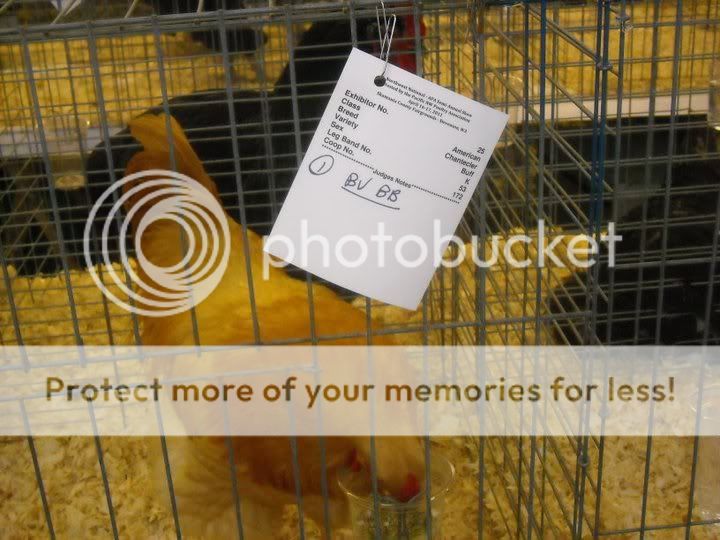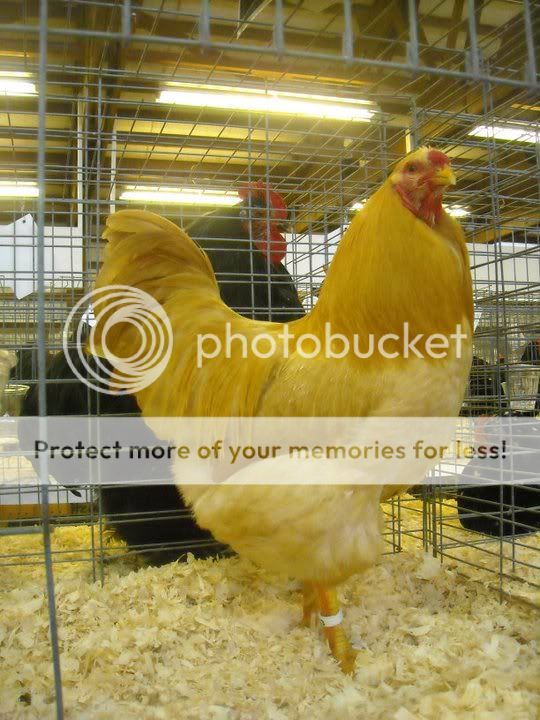A friend posted this on the Chantecler Fanciers International forum
Published in the Poultry Tribune for April, 1926
The
Chantecler
By Brother M. Wilfrid
Originator of the Breed
Professor of Poultry Husbandry, Oka Agricultural Institute
La Trappe, Quebec
With head free of comb, proud
and intelligent.
Fearlessly she looks to future
fair.
March onward. Chantecler you
beautiful bird.
Your progeny must be spread
over the land.
Not so many years ago, a Canadian poultrymans flock taken as a unit, could have been called the Canadian Mille Fleur breed, but he had no Canadian breed in stock.
Being a young poultry enthusiast, fond of my country, I decided that Canada would have its Canadian Hen, if it was possible to me. A hen, Canadian in its very build; strong, vigorous, able to walk proudly and healthily over 5 to 6 months of snow; white in colour; wearing the virginal dress of its countrys long winter period; and lastly, but not the least, a hen for Canadians who like equally well a good size egg and a good size chicken roast on the dinner table.
My country has now a spotless snow-white hen, which gives lots of eggs and large size dressed chickens. Patriotism decided the poultryman to work, whilst the poultrymans knowledge of his countrys climate, as well as of his countrymans taste and healthy appetite, gave birth in his mind to an ideal breed.
In view of quality and quantity of meat, I chose an extra fine dark Cornish cock, whose rusticily should root deep in its progeny, a vigour, which, with the birds medium size comb and wattlesas a matter of fact results from the first mating showed neither comb nor wattlesand feathers closely set to bodya necessary defence against coldwill stand the below zero weather better than any breed. Then in view of egg production, the pillar breed chosen was the world famous White Leghorn. Being under the impression that the female would transmit its colour, I chose always white females; I was meanwhile falling in with Fr. Mendels laws, proving that white will predominate over other colours in crossbreeding results. I also made another crossing the first year, between the Rhode Island Red and the White Wyandotte, expecting from this, good winter laying resultsfor the same reason I introduced White Plymouth Rock blood, later on. Results of the two crossings, namely Leghorn-Cornish and White Wyandotte-Rhode Island Red were mated in the second year. From 1908 until 1917 I worked with very interesting results, always making use of careful selection, in view of my ideal Canadian breed, which I called Chantecler in honour of Chantecler the famous rooster, represented in the French Chantecler play, by poet Rostand who every morning turned out the sun by his powerful, early crowing!
Limited space will not allow me to give you a more complete idea of the Chanteclers origin, but if you become interested in this new breed, wishing to know all about it, you may ask for a copy of the Chantecler Breeders Manual published by the Canadian Chantecler Breeders Association. I organized that society in 1918 in view of withholding the breeds acquired qualities and I am presently its Sec.-Treasurer. The C.C.B.A. from the every beginning was immersed with a wonderfully enthusiastic and supportive spirit. Today it counts not only amateurs but an interesting number of scientific breeders, who are able to put their Chantecler stock to the test of severe culling, giving the breed its chance toward due improvement.
Here is a word of the breeds expansion. It was first exhibited in Montreal, in large numbers, then in Kingston Ont., Chicago, Toronto, Ottawa, New York, Boston in numberless towns and cities the Dominion over, and last year, at the International Poultry Congress, Barcelona, Spain, where Europeans were almost awe stricken at the vigorous fighting demeanour of the new elegant looking breed. The Italian Poultry Associations President, knowing nothing of the breed, called it the FIGHTING LEGHORN and wrote to me for information, result of which places the Chantecler breed in the Italian Standard.
Naturally France was the first foreign country to possess some Chantecler birds, then Belgium, South America, Sweden, South Africa and Spain. England is now ordering two pens from me. Note that the vigour of the breed makes it stand equally well the hot climates. Our South American correspondent is more than surprised at his success with Chanteclers.
Please now take a glance at my stock, bearing in mind that the Chantecler breed is YOUNG. I have a hen that brought home, last fall, primordial laurels registration. Indeed, an official record of 240 is very good. LA TRAPPE LB NO. 951 leaves me this season 33 registered chicks. Amongst 9000 others. I have had many pedigreed from good layers. All are enjoying the twenty-one acres of land whilst my new modern buildings await to hibernate the cream!
Article Photographs
Photos on left and right at top of page and framed in egg shaped black background borders with white line drawn feather rests:
- Left is photo of Reverend Brother M. Wilfrid Chantelain.
- Right is photo of White Chantecler Hen.
Photos on lower half of article:
Captions;
- Interior of Laying house for 3,000 hens.
- Brooder house, capacity of 3,500 Chicks. Incubator room and feeding rooms.
- E N D -










